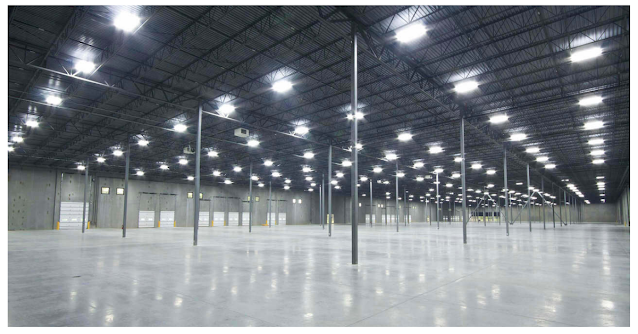LED lights are the best choice for any kind of environment. A research study shows that the health care facilities inside the United States amount to 4.8% of the commercial sector. It is responsible for 10.3% of the consumption of the entire commercial industry.
The LED lights offer unique benefits to the healthcare industry. Previously incandescent and fluorescent light fixtures were the preferred choices of the healthcare sector, but in recent years, the demand for LED fixtures has seen a gradual increase. LEDs replaced the dull and flickering fluorescent light fixtures with solid and durable LED lights and LED panels.
The transition to LED technology helps the healthcare industry reduce regular maintenance requirements and save on energy costs. The LED fixtures last 5 times longer than the conventional ones. LED lights do not require a ballast for the operation, which saves a lot on power consumption.
LED lights are a great addition to the healthcare industry as they deliver uniform brightness, which keeps the hospital staff and doctors alert on their tasks. In addition, the brightness keeps the team focused on their duties and becomes more productive. But, first, let’s discuss the advantages of LED lights.
There is no health risk
The traditional fluorescent and incandescent light fixtures used to contain mercury to excite them at start-up. If the glass breaks, then the harmful gas will be released into the environment. Mercury is a toxic gas that harms health if absorbed through the skin or inhaled.
Control over LED lights
Many LED lights come with dimmable sensors, which makes them advantageous for hospital settings. In addition, color-changing RGB lights are valuable for MRI rooms or CT scans to comfort the patients by creating a comfortable ambient environment.







No comments:
Post a Comment